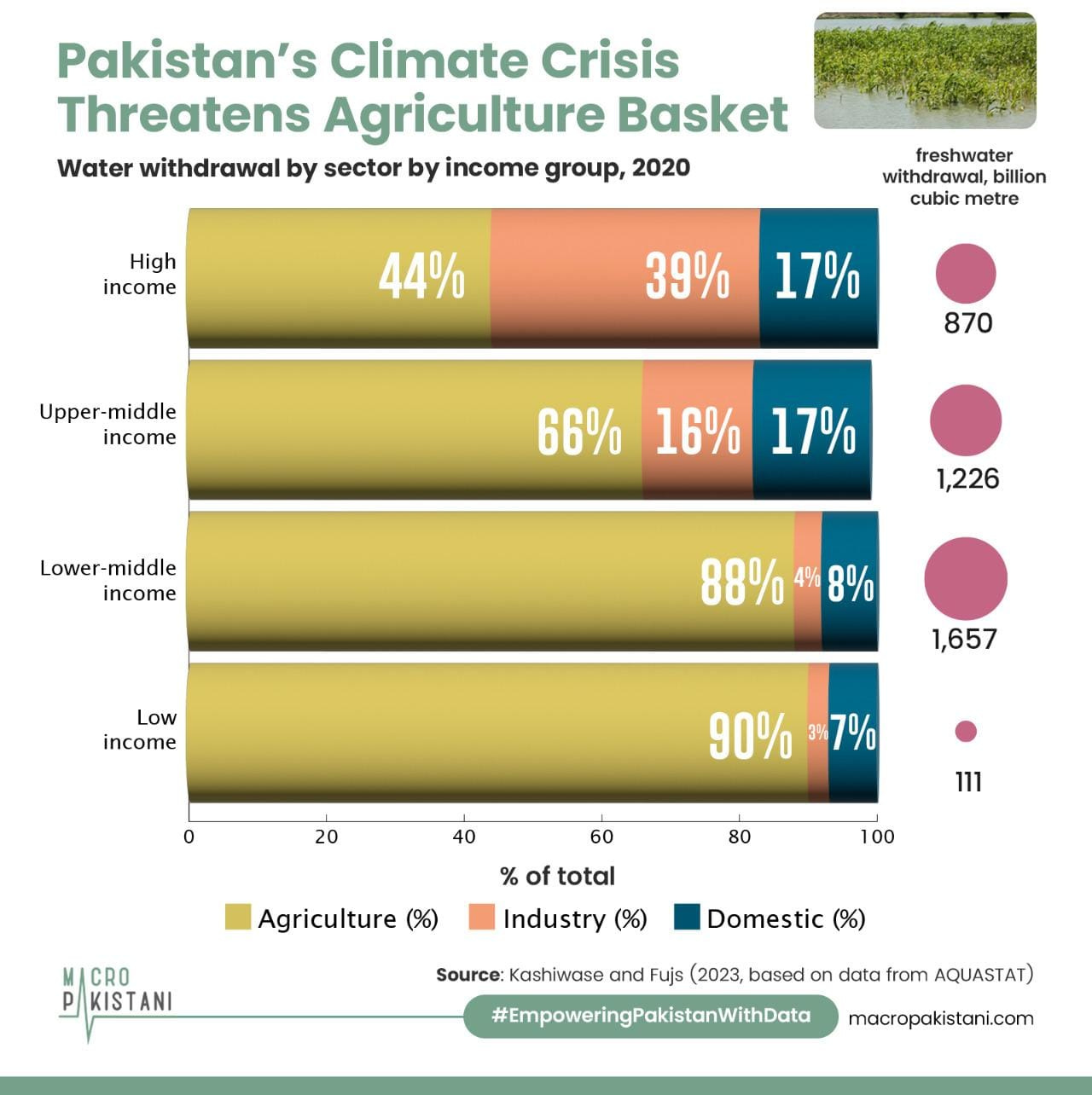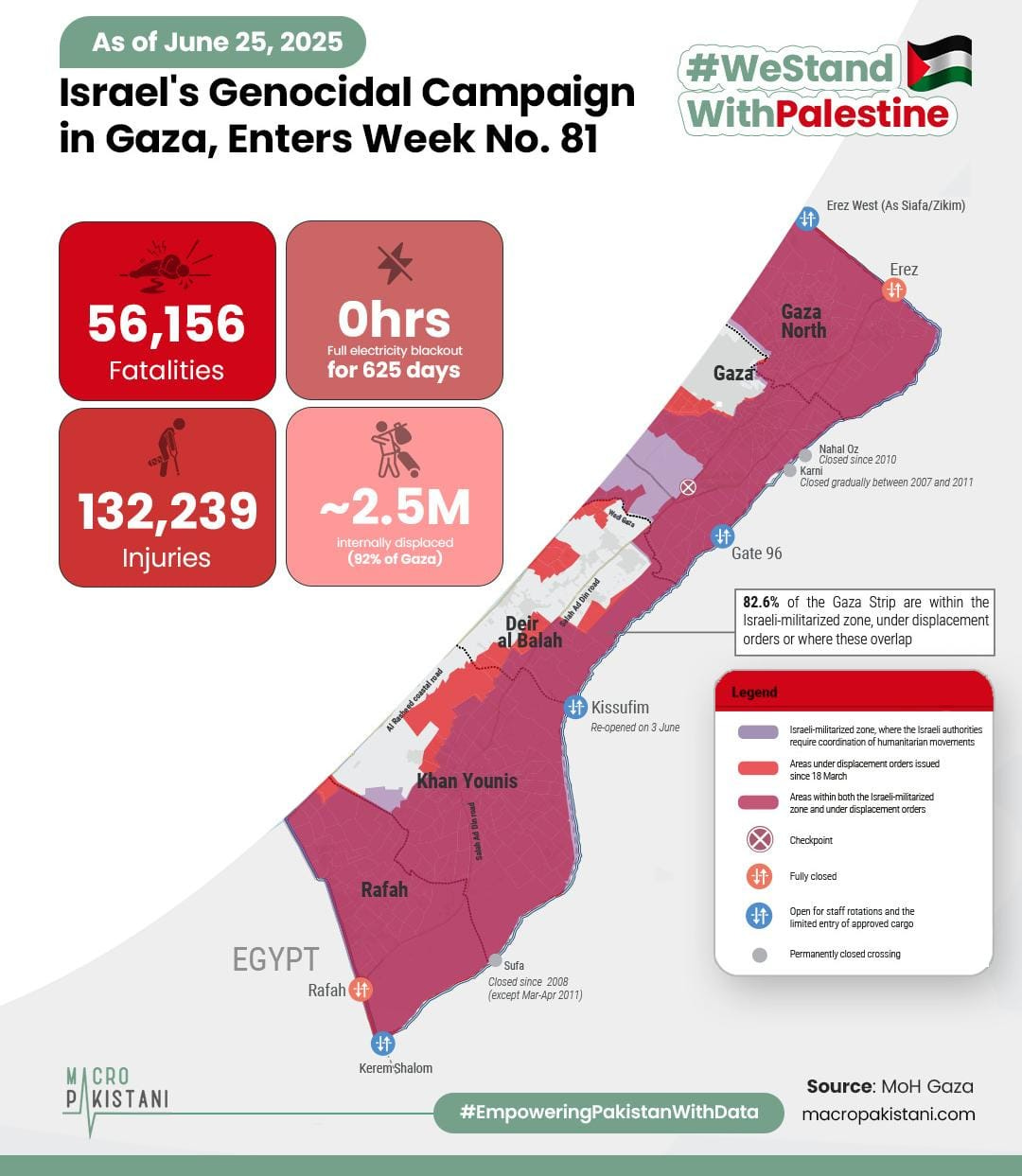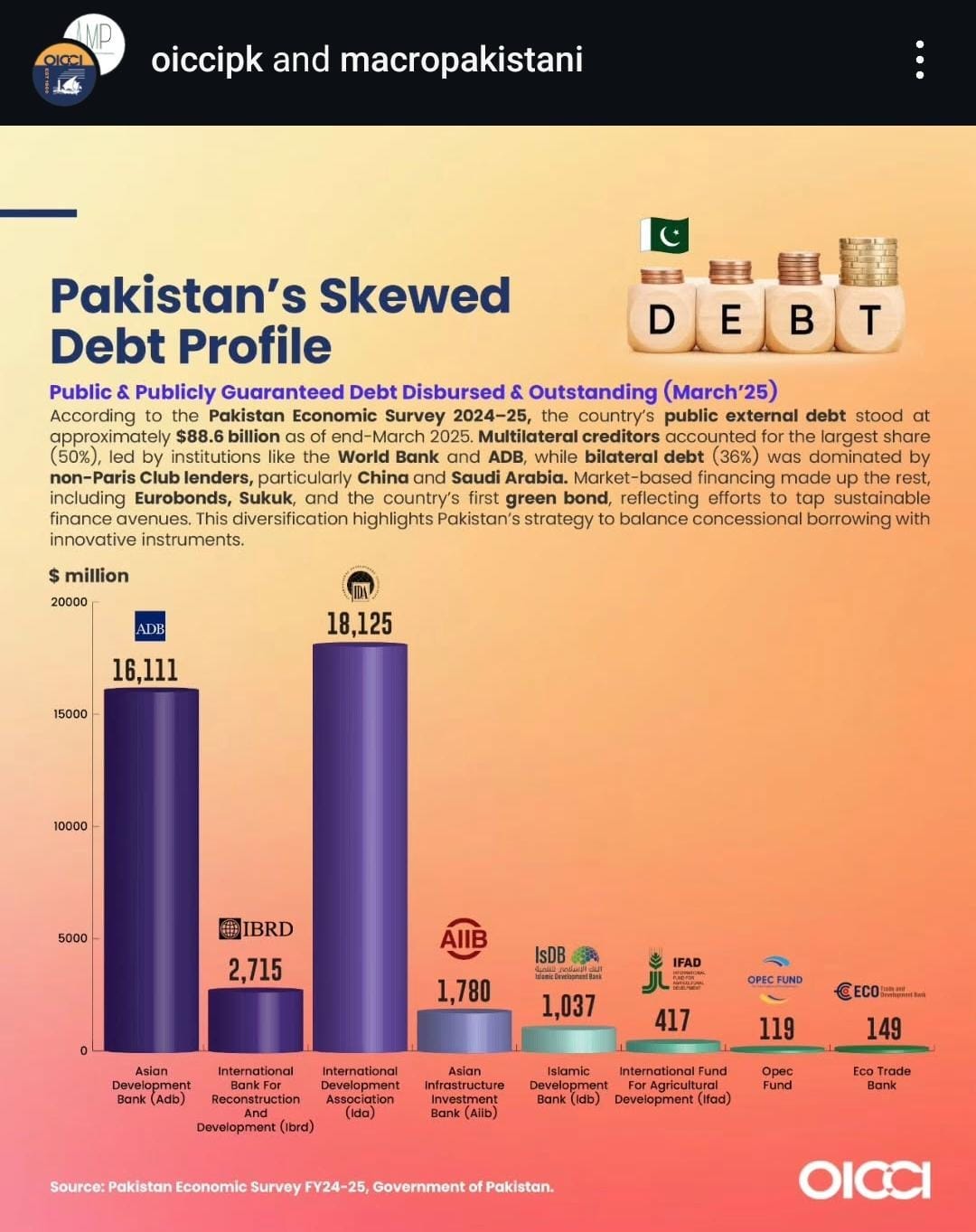Pakistan’s Climate Crisis Needs More Than 1% of the Budget
With monsoon floods looming and per capita water availability dropping below 900 cubic meters, Pakistan’s 1% disaster budget falls far short of tackling the climate threats endangering over 220M.

Pakistan is on the frontline of climate change, facing catastrophes ranging from heatwaves to floods. As climate patterns change, the Monsoon season is expected to shift in unprecedented waves, which creates significant risks for Pakistan due to its flood-prone nature. Yet, the country is among the most water-stressed in the world, with over 75% of its renewable water resources originating beyond its borders, primarily from the Indus Basin. Rapid population growth, recurring droughts, and erratic rainfall patterns have furthered the situation, pushing rural communities toward urban centers and straining city water supplies. In 2022, unprecedented floods displaced millions and contaminated drinking water sources, while the winter of 2024–25 saw 67% less rainfall than average. These extremes reflect Pakistan’s high vulnerability to climate impacts, as highlighted by its ranking as the most climate-affected country in the 2025 Germanwatch Climate Risk Index. With farmland increasingly becoming arid and drinking water supplies under pressure, the country’s agriculture, food security, and public health are all at risk. The government, being ‘cognizant’ of the risk, has allocated 1% of its federal budget for disaster. Is it enough?
Source for map: South Asia | Monsoon season forecast by ERCC
According to the NDMA, the monsoon is expected to start early (26–27 June) and last until 15 September, bringing above-average rainfall and temperatures. Importantly, higher temperatures in northern KP, GB, Balochistan, Sindh, and Punjab may speed up snowmelt, increasing river flows and the risk of flooding, landslides, and urban flash floods, especially in vulnerable areas like AJK, southern Sindh, and northeastern Punjab. The preparations for floods are underway, as Pakistan’s disaster management has improved since 2022. However, once the floods pass through Pakistan, the population will be plunged into the ever-growing water scarcity dilemma once again. Resultant droughts, driven by both climate change and environmental degradation, are projected to impact 75% of the global population by 2050, with annual economic losses exceeding $307 billion. In Pakistan, particularly, the population has dangerously low per capita water availability, now below 900 cubic meters. This specifically affects lower-income households, which utilize water for agriculture and thereby their livelihoods. However, the climate-tagged budget or the disaster budget neither grapples with the imminent existential threats to the country.
All is not lost yet, as we can still create solutions to deal with the climate catastrophes faced by Pakistan. A new UNCCD report highlights nature-based solutions (NbS), like watershed restoration and reforestation, as cost-effective tools to build resilience. These practices enhance soil health, water retention, and livelihoods, offering a “triple dividend” of reduced drought impacts, increased productivity, and climate co-benefits. For water-stressed countries like Pakistan, integrating NbS into drought management plans, securing land and water rights, and fostering public-private investment is key to addressing scarcity while ensuring long-term economic and environmental sustainability. This requires efforts from the civic society and a localized district-level approach to deal with the multi-faceted climate challenges.
GRAPHIC
According to the Gaza Ministry of Health, over 500 Palestinians have been killed in the past month during Israeli shooting at food distribution centers, as crowds gathered in desperation.
From digital screens to exhibition frames—Brand Nib’s data storytelling made its first framed debut at the Pakistan Chemical Expo 2025.
Grateful for the trust and the opportunity to visualize Pakistan’s chemical sector.
📊 15 custom data visuals.
🎯 Commissioned by the organizers.
🖼️ Framed and exhibited at the largest chemical expo of Pakistan.
Glad to see this work resonate with industries that matter and humbled to keep democratizing economic data for all Pakistanis—visually, accessibly, and creatively.
As of end-March 2025, Pakistan’s external public debt stood at $88.6 billion, with multilaterals like the World Bank and ADB accounting for 50% of the total, followed by bilateral creditors, primarily China and Saudi Arabia, at 36%.
Data Visualization & Marketing Partner: Brand Nib
Visit: https://macropakistani.com/advertise/
Grateful for the ever-growing list of collaborators!
About Us: Macro Pakistani is a data-driven research platform that aims to provide a basic understanding of Pakistan’s economy. If you have an interest in contemporary news but are currently overburdened with sensationalism and specialized vocabulary, we are the platform for you.
How are we doing? Please send us any questions, comments or suggestions by replying to this email.








